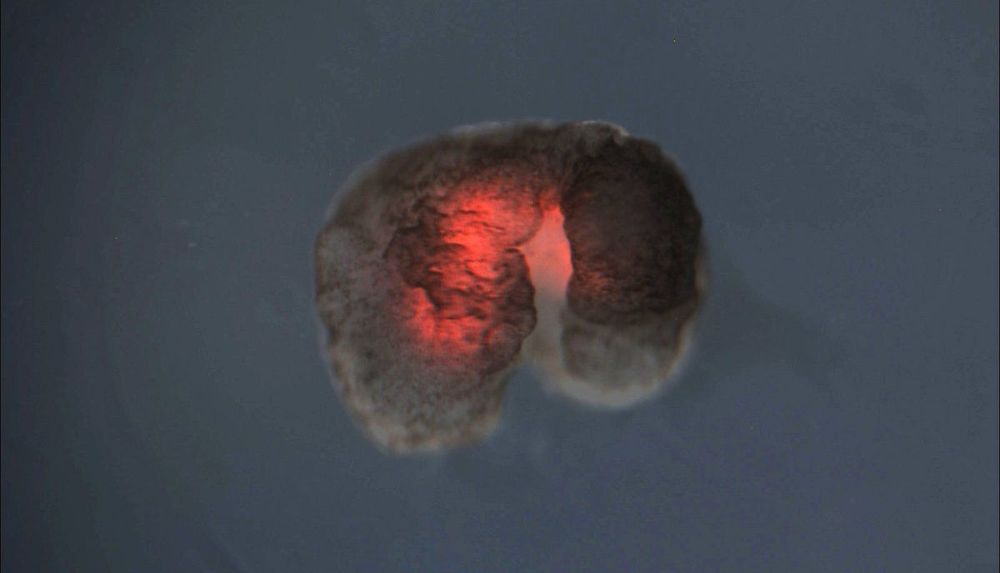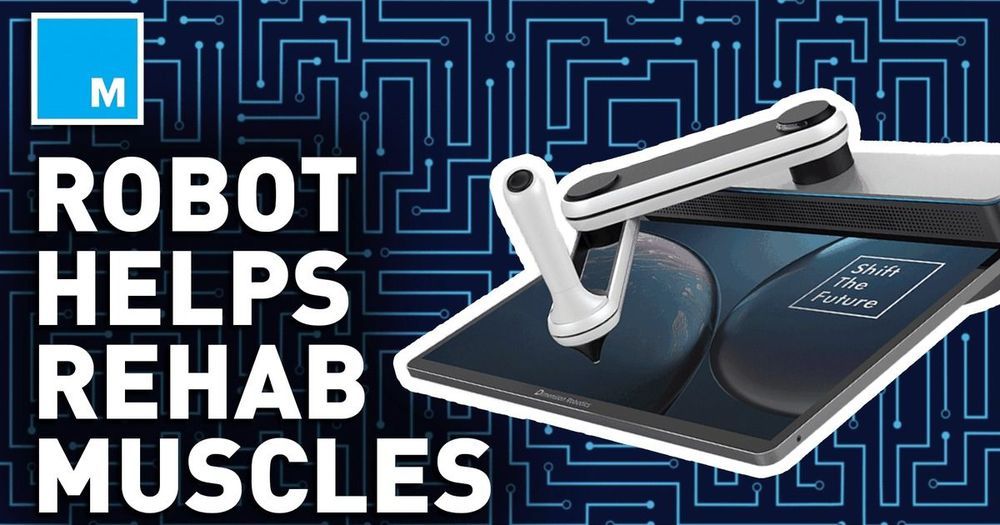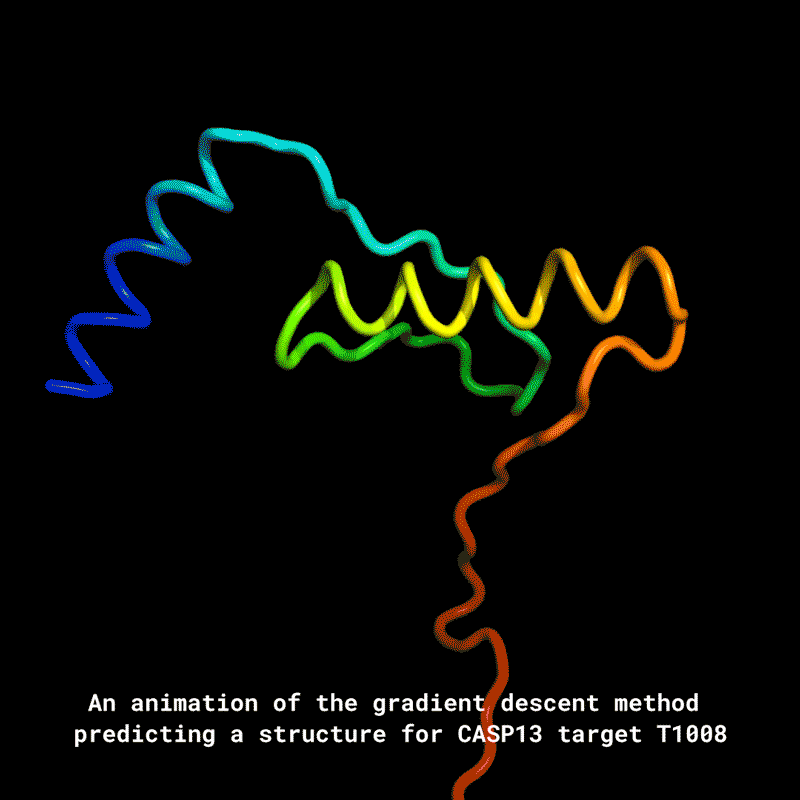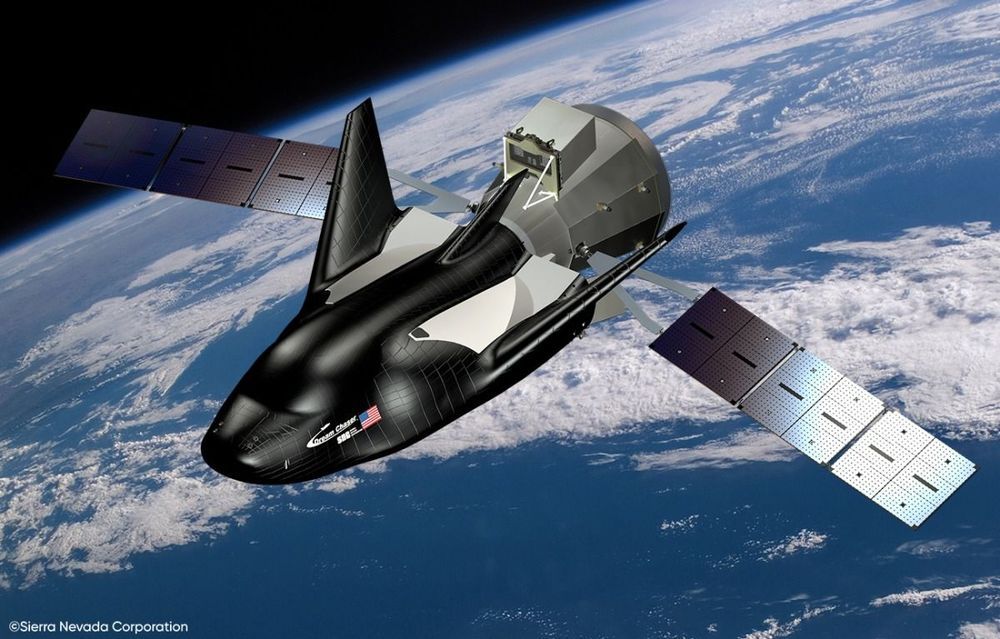Researchers have developed a new way to use lasers to see around corners that beats the previous technique on resolution and scanning speed. The U.S. military is interested for obvious reasons, and NASA wants to use it to image caves. The technique might one day also let rescue workers peer into earthquake-damaged buildings and help self-driving cars navigate tricky intersections.
Researchers from Rice, Stanford, Princeton, and Southern Methodist University have developed a new way to use lasers to see around corners that beats the previous technique on resolution and scanning speed. The findings appear today in the journal Optica.
The U.S. military—which funded the work through DARPA grants—is interested for obvious reasons, and NASA wants to use it to image caves, perhaps doing so from orbit. The technique might one day also let rescue workers peer into earthquake-damaged buildings and help self-driving cars navigate tricky intersections.
One day. Right now it’s a science project, and any application is years away.









